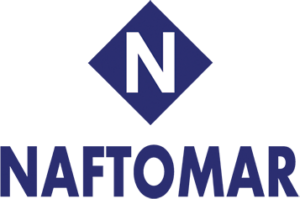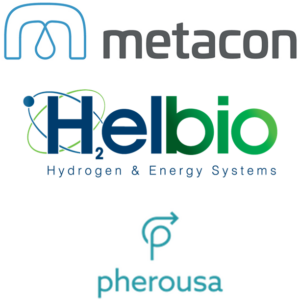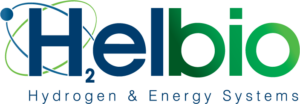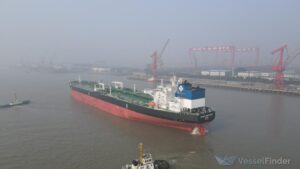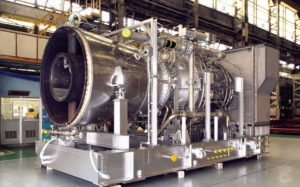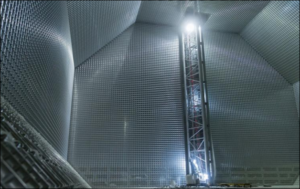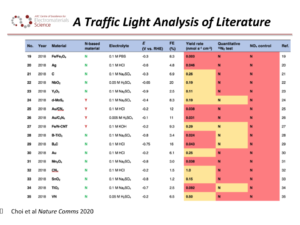Greece
Ammonia cracking for maritime applications
Swedish technology developer Metacon has delivered an ammonia cracking prototype unit to Pherousa Green Technologies in Norway for development of an ammonia-fed, zero emissions maritime propulsion system. The prototype itself was developed by Metacon subsidiary Helbio, who report the cracker achieves conversion rates of 99.3% with no ammonia slip, enabling it to feed a high-purity PEM fuel cell.
Ammonia-ready vessels: new contracts & deliveries in China
This week we explore a trio of announcements out of China:
1. The ammonia-ready vessel Kriti Future has been delivered to owners Avin International.
2. Höegh Autoliners has contracted China Merchants Heavy Industry to build at least four of their new ammonia-ready vessel design: the Aurora-class car carrier. The new builds will meet requirements for DNV GL's methanol and ammonia-ready notation guides.
3. And Swiss-based shipping giant MSC has placed an order for six ammonia-ready container ships from Dalian Shipbuilding in China. The vessels will be powered by WinGD dual-fuel engines, for which retrofits will be available by 2024/5 to run on methanol and ammonia.
The Ammonia Wrap: commercial turbines, another GW of green ammonia, Viking Energy updates, and "any-fuel" high-temp PEM fuel cells
Welcome to the Ammonia Wrap: a summary of all the latest announcements, news items and publications about ammonia energy. This week: commercialised ammonia gas turbines, TDK and GenCell join forces, another GW of green ammonia production, small-scale green ammonia in rural Japan, hydroelectric ammonia in Laos, Viking Energy vessel updates, new partnerships for Haldor Topsoe and "any-fuel" high-temp PEM fuel cells.
Maritime Sector is Set to Become 'Ammonia-Ready'
Last month brought news of "the world’s first ammonia ready vessel.” According to an American Bureau of Shipping (ABS) press release, the vessel, currently under construction in China, will comply “with the ABS Ammonia Ready Level 1 requirements, indicating it is designed to be converted to run on ammonia in the future.” When completed, the 274-meter ship (and possibly two others of identical design) will join the fleet of Avin International.
Panel discussion on next-generation ammonia synthesis
This year’s Ammonia Energy Conference included a panel discussion on next-generation ammonia synthesis, moderated by Sarb Giddey (CSIRO, Australia), and featuring panelists Doug MacFarlane (Monash University, Australia), Karthish Manthiram (MIT, United States), and Michael Stoukides (Aristotle University of Thessaloniki, Greece). The panel discussed the direct fixation of nitrogen in the form of ammonia from water and air in a single electrochemical device, which is considered the “holy grail” of ammonia synthesis. During the panel, the participants gave their perspectives on the state of the art, and the obstacles and opportunities for progress.

